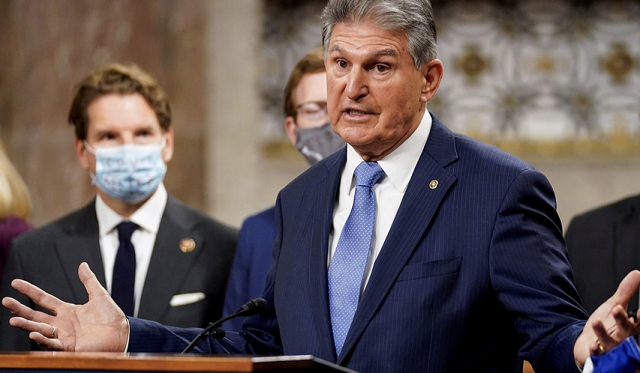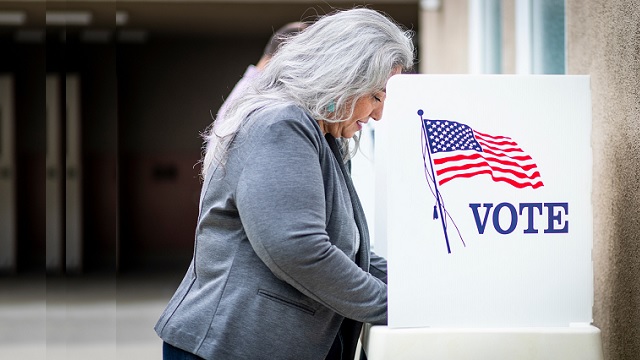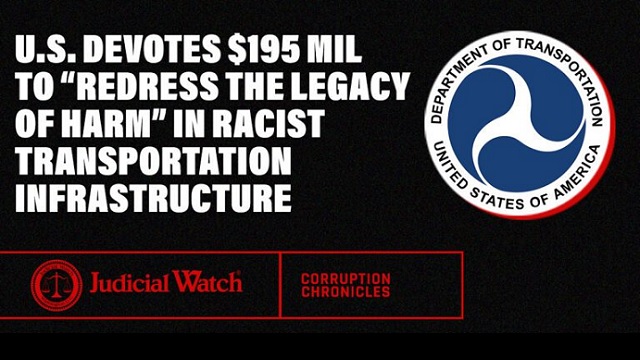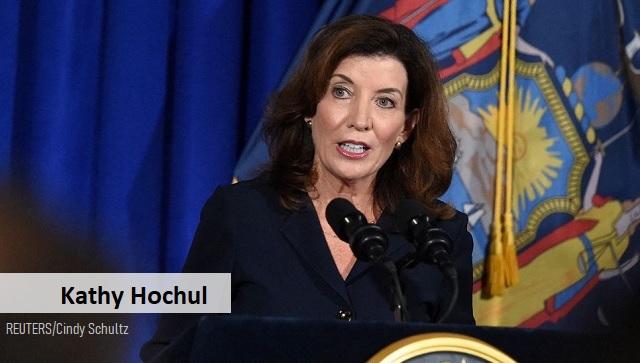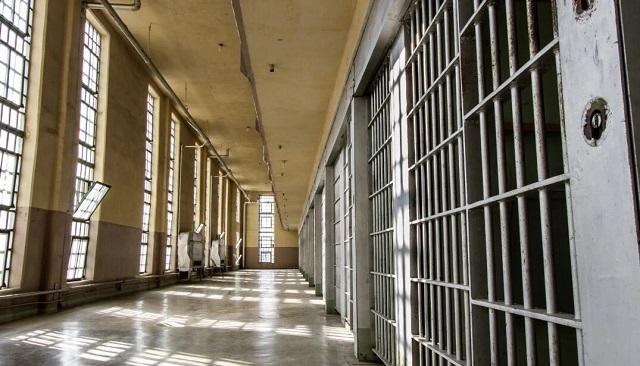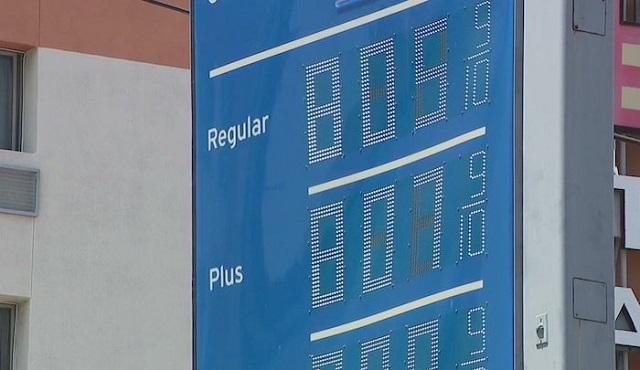HARVARD-CAPS HARRIS POLL: Biden Approval Remains at Historic Lows
By Dr. Rich Swier
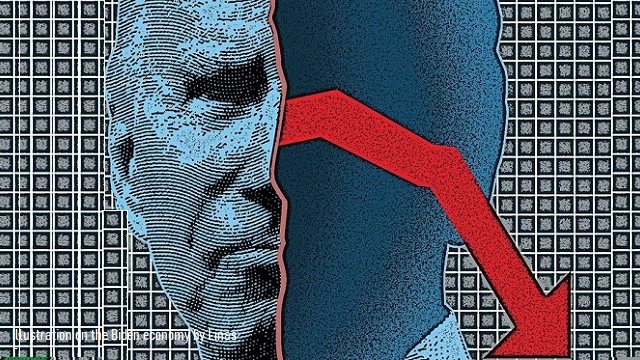
Voters overwhelmingly believe we are in or headed for a recession. Inflation and affordability are the top issue across the political spectrum.
NEW YORK, NY /PRNewswire/ — Stagwell (NASDAQ: STGW) today released the results of the July Harvard-CAPS Harris Poll, a monthly collaboration between the Center for American Political Studies at Harvard (CAPS) and the Harris Poll, a Stagwell research and insights firm.
Four in ten voters report feeling pessimistic about their lives over the next year in the face of historic inflation levels and data suggest we are looking at another hyper-partisan election cycle. The topics surveyed in this month’s poll include the political impact of Roe vs. Wade, voter views on the Biden administration energy policy, the January 6 hearings, and the 2024 presidential election. Download key results here.
“Democrats can still hold onto hope ahead of the midterms, with the race a dead heat despite President Biden’s approval rating being at a historic low and nearly half of Americans believing the country is currently in a recession,” said Mark Penn, Co-Director of the Harvard-CAPS Harris Poll. “Looking to 2024, most voters are still open to a moderate independent candidate, but among Republicans, Florida Governor Ron DeSantis is solidifying his status as the second choice. In these divided times, voters themselves seem to be holding contradictory opinions on issues such as energy policy and Trump’s legal culpability in the January 6 riots.”
GOP ON THE RISE AS ECONOMY STRUGGLES
- Biden’s approval remains at a historic low of 38%.
- 84% think the economy is either in recession or will be within the next year.
- Perceptions on inflation seem to have peaked slightly: 33% of voters, up from 28% last month, think the U.S. economy is strong today, and inflation – while still the number one issue facing the country – fell 6 points.
- Approval rating of the Republican Party neared 50 percent for the first time since February 2022 in our poll – now 5 points higher than the Democratic party approval rating.
2022 MIDTERMS ARE IN DEAD HEAT, WITH INFLATION AND ROE VS. WADE AS THE DRIVING CONCERNS
- The generic Congressional ballot is split 50-50, with Democrats and Republicans voting along party lines; Independents lean with Republicans 54-46
- Inflation and affordability is overwhelmingly the biggest concerns for both Democrats and Republicans, followed by Abortion Rights for Democrats and Immigration for Republicans
- Democrats have made little progress mobilizing on abortion so far: 39% of voters, up from 36% in June, say the Supreme Court’s decision has made them more likely to vote for a Democrat in the midterms
VOTERS SEEKING FRESH CHOICES ON THE BALLOT IN 2024
- Voters are tired of hyper-partisanship: Strong majorities of over 6 in 10 voters don’t want either Joe Biden on Donald Trump to run in 2024
- A majority open to considering a “moderate independent candidate” in case the choice is between Trump or Biden.
ENERGY POLICIES – VOTERS BLAME BIDEN, ARE SKEPTICAL ABOUT CLIMATE ‘EMERGENCY’
- 59% of voters oppose the Biden administration’s energy and gas policies, and 63% think they are responsible for most of the increase in gas prices
- 45% think climate change is an immediate threat, including 66% of Democrats and 41% of independents. Voters want the administration to emphasize lower prices and energy independence over climate change.
- Climate change is an immediate threat to 45% of voters, including 66% of Democrats and 41% of independents
- Voters are wary of the climate issue being politicized: Only four in ten say that an emergency climate declaration by the Biden administration would be legitimate
JAN 6. HEARINGS & ELECTORAL COUNT – VOTERS SPLIT ON DETAILS BUT WANT COUNTRY TO MOVE ON
- Voters are split on how and whether Trump should be held responsible: 53% of voters think Trump should face criminal indictment for his actions on January 6, but 54% think he should be allowed to run for president again.
- Nevertheless, 69% think it is time to unite the country and heal.
- Voters are split 50-50 on whether Congress should be involved in certifying presidential elections instead of the courts. Still, clear majorities believe the role of the Vice President and state governors should be purely ceremonial.
THE U.S. ON A GLOBAL STAGE – TAIWAN
- 48% of voters think Taiwan is neutral towards the U.S., 36% think it is an ally, and 16% think it is an enemy
- 52% of voters support senior U.S. government officials visiting Taiwan even if China has signaled it might act military to prevent them from doing so—surprisingly, 59% of Democrats support it, over 10 points higher than Republicans and Independents.
The July Harvard-CAPS Harris Poll survey was conducted online within the United States from July 27-28, 2022, among 1,885 registered voters by The Harris Poll and HarrisX. Follow the Harvard CAPS Harris Poll podcast at https://www.markpennpolls.com/ or on iHeart Radio, Apple Podcasts, Spotify, and other podcast platforms.
About The Harris Poll
The Harris Poll is a global consulting and market research firm that strives to reveal the authentic values of modern society to inspire leaders to create a better tomorrow. It works with clients in three primary areas: building twenty-first-century corporate reputation, crafting brand strategy and performance tracking, and earning organic media through public relations research. One of the longest-running surveys in the U.S., The Harris Poll has tracked public opinion, motivations, and social sentiment since 1963, and is now part of Stagwell, the challenger holding company built to transform marketing.
About the Harvard Center for American Political Studies
The Center for American Political Studies (CAPS) is committed to and fosters the interdisciplinary study of U.S. politics. Governed by a group of political scientists, sociologists, historians, and economists within the Faculty of Arts and Sciences at Harvard University, CAPS drives discussion, research, public outreach, and pedagogy about all aspects of U.S. politics. CAPS encourages cutting-edge research using a variety of methodologies, including historical analysis, social surveys, and formal mathematical modeling, and it often cooperates with other Harvard centers to support research training and encourage cross-national research about the United States in comparative and global contexts. More information at https://caps.gov.harvard.edu/.
About Stagwell
Stagwell is the challenger network built to transform marketing. We deliver scaled creative performance for the world’s most ambitious brands, connecting culture-moving creativity with leading-edge technology to harmonize the art and science of marketing. Led by entrepreneurs, our 12,000+ specialists in 34+ countries are unified under a single purpose: to drive effectiveness and improve business results for their clients. Join us at www.stagwellglobal.com.
©All rights reserved.


